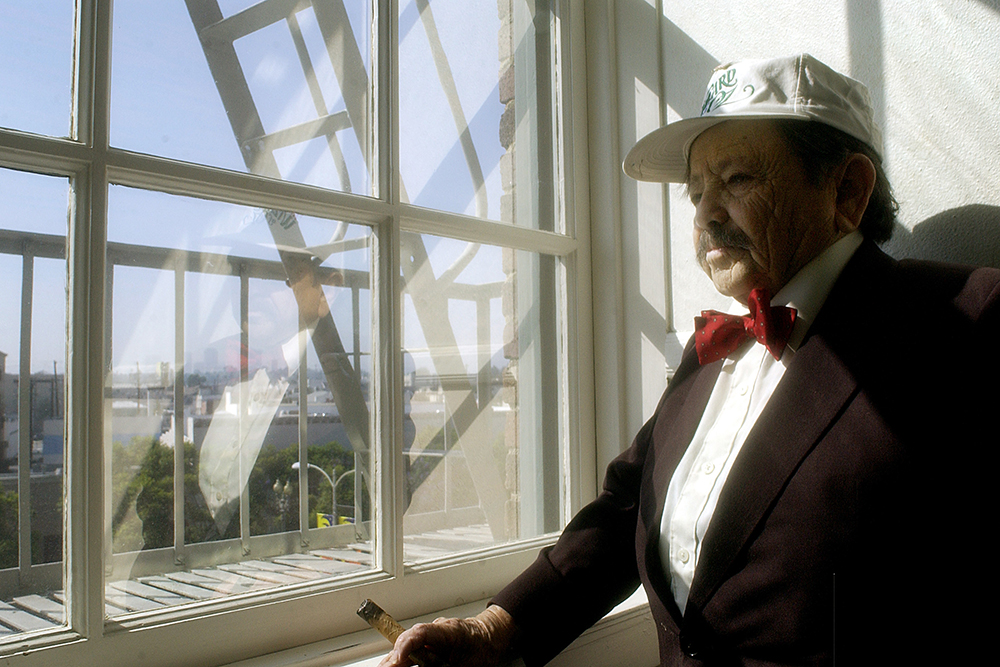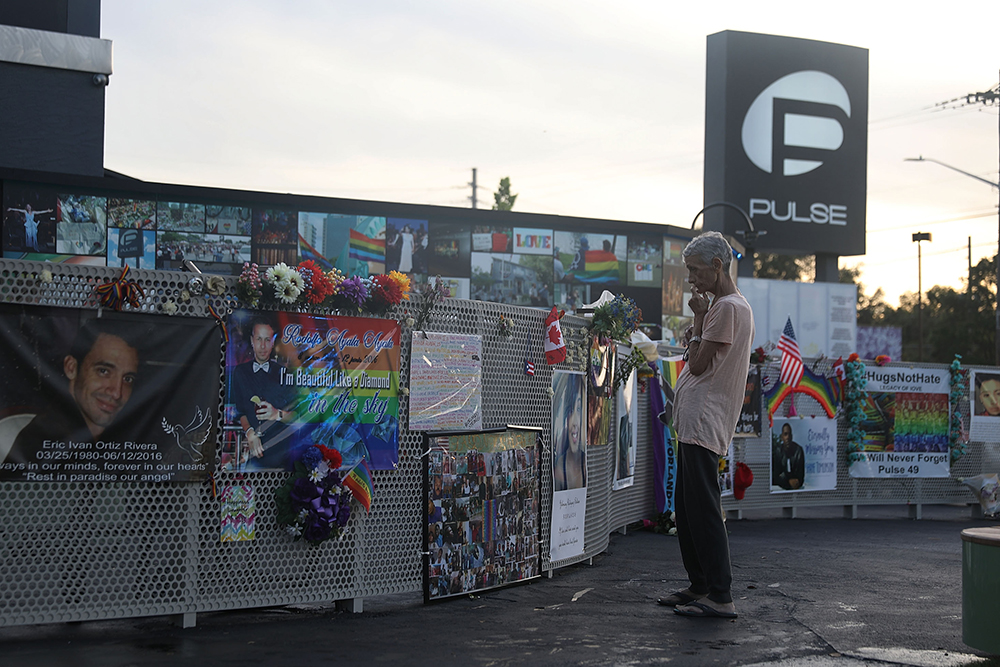Jerry Maren passed away last month. That may mean nothing to you, but for Little People like me, he was an icon. Jerry Maren is credited as being one of the last living Munchkins in “The Wizard of Oz,” a movie I watched so many times as a child that I wore out two VHS copies.
I don’t remember the first time that I saw “ The Wizard of Oz”. I know there was a period of time before we owned it on VHS, because I remember what a big deal it was for my family the first time it went on sale. Both of my parents were also little. My mom ran a Disabled Students Center at a Community College and my dad served on the board of a Center for Independent Living, so disability issues were a constant topic of conversation around the dinner table (and in the car, and pretty much everywhere). My mom and dad felt very strongly that it was important for me to grow up seeing positive images of people like us in the media, to offer an alternative to teasing and bullying that we were subjected to out in public. The film sat in a plastic vertical towers of about a dozen VHS tapes, along with those big plastic-encased Disney films, “Transformers,” “Jem and the Holograms,” “Willow,” and “Time Bandits.” That was my library of cinematic masterpieces, designed to keep me away from my dad’s collection of Mel Brooks films.
Get TalkPoverty In Your Inbox
Growing up in a family of Little People (LPs), this was totally normal. Those films weren’t the “little people” movies, they were just movies in the typical rotation. But, for some folks with dwarfism who are the only people like them in their families, “The Wizard of Oz” was the first time that they had ever seen themselves anywhere. That was how my parents grew up. They were the only Little People in their families: my mom in California as number 5 of 8, my dad in Alabama as a twin in a family of four children (his sister is Average Height). As kids, they went decades without seeing their bodies reflected anywhere, except in a 1939 MGM film.
It is impossible to disconnect “The Wizard of Oz” from its legacy as it relates to the representation of people with disabilities, and specifically LPs in Hollywood. No film before or since has cast so many disabled actors—at least 124. It cemented a relationship between the dwarfism community and Hollywood. LPs as a community can complain about the lack of quality roles in the media—for every Tyrion Lannister there’s the third elf on the right in a home improvement ad during the Christmas season—but they cannot complain about the lack of roles writ large. It wasn’t until recently that we started seeing average height actors “made short” by computer-generated imagery, instead of hiring LP actors for films like “Tiptoes” or “Snow White and the Huntsman.”
That legacy is still complicated. The Munchkins are a fictional people, but far too often that word is used as a derogatory term to describe actual Little People. The characters are entirely white, objectified, and don’t get any development. But at least they existed. They had a community and a culture, onscreen and off, that was the first of its kind. Imagine showing up at MGM because of a casting call you heard about in some corner of small town America, and walking into a set in Los Angeles where there are hundreds of people at your eye level. Not having to ask people to reach things for you, not having to struggle to hear a conversation going on over your head, not having to explain why it was inappropriate to pat you on the head. Walking places with people who walk the same speed as you, talking to people who understand what it’s like to be teased, taunted, or abused for the very same difference that you have. It was such an intense experience that at the end of filming many of the LPs who played Munchkins decided to stay and settle in the Los Angeles area. In the time spent filming the movie, they met significant others onset and fell in love. Many had families and stayed in Hollywood for work. It was the beginning of the development of a community of multi-generational LP families.
Several years later, actor Billy Barty, Texas Instruments engineer Lee Kitchens, Anna Dixon, and several other little people formed Little People of America. Jerry Maren was one of the first members. Because of the Wizard of Oz and the attention paid to the film, the formation of LPA became news, and Ed Sullivan had Billy Barty on his show to talk about the first annual conference. My maternal grandfather Jesse happened to see that episode, and for the first time he saw an adult with a similar condition to the smiling freckled red-headed daughter he had at home. It gave him a sense that her future would, in fact, be ok. That encouraged him to reach out to the local chapter and get my mom involved. A few years later, at a convention, met a rebellious boy from Alabama who drove a ‘69 Camaro all the way from Selma to San Francisco for a date. That was my dad.
Jerry was a regular attendee at the national conferences, and he always took time to greet the new families who were unsure of what their child’s life would be like. I remember how excited he was when I went to college; for most of his generation, our people didn’t go to college and many didn’t graduate high school. Those were the days before Section 504 or the ADA required physical accessibility of colleges and universities, and the public in general. School, and most everyday jobs, were physically inaccessible to Jerry’s generation. It would seem like light years until people actually started believing that people with disabilities could learn, could achieve, could love.
To adult LPs, Jerry and his wife were elders of our community. They were the folks you would point out to your kids when you saw them in the hotel restaurant. To kids they were heroes. To adolescents, they were a little something more complicated. When you’re plagued with feelings of not fitting in, and you find yourself fending off insults by both peers and members of the general public, it was easy to feel embarrassed by those that portrayed the Munchkins.
I will admit that snarky teenager still lives in me a bit. The last time I saw Jerry at a Little People Convention, I stood in line with my husband to get an autograph for our future children. I found myself wondering, aloud, what would be the most creative pick-up line you could use if you were the last living Munchkin. The list was long, and served to embarrass my husband for over an hour.
Now as an adult, and a parent myself, we’ve watched the film with our kids. My kids are still young, but I imagine that they’ll grow up with us having similar conversations about representation, about history, and about why things like “The Wizard of Oz” matter. And while it leaves us with longing for better, more well-developed work, its legacy laid the groundwork for that.
So thank you, Jerry. Thank you for the work you did to put our people in front of the camera, for taking the time to talk to so many scared families, for encouraging so many awestruck kids, for sharing so many stories, and for helping create a community at a time when so many of our people felt so alone. And for the other 123 of you changed history that day in October 1938, thank you for making it possible for me to be here now.











